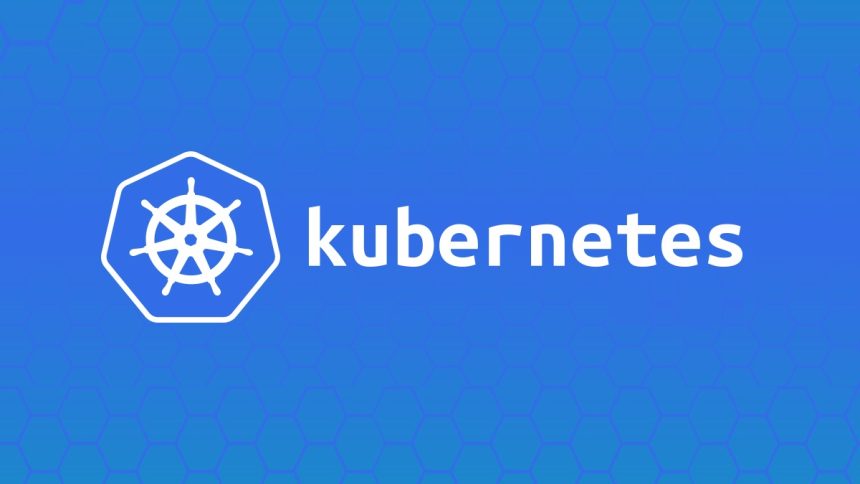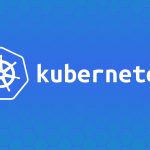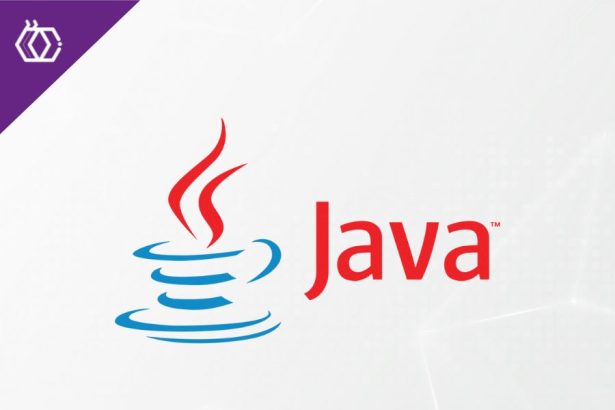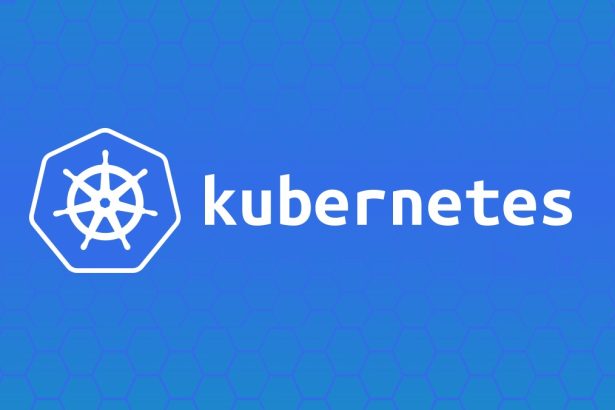Kubernetes services are critical in connecting applications within the cluster and handling external traffic from users and clients. However, understanding how to expose these services appropriately requires familiarity with different Kubernetes Service types, service discovery mechanisms, ingress controllers, and differences between ingress and API gateways.
This guide explores vital methods to expose Kubernetes services to the outside world, covering ClusterIP, NodePort, and LoadBalancer, along with service discovery basics, ingress usage, and how ingress differs from API gateways.
Table of Contents
- Understanding Kubernetes Services
- Service Discovery Basics
- When to Use Ingress
- Ingress vs API Gateway
- Final Thoughts
Understanding Kubernetes Services
Kubernetes Services act as an abstraction layer to expose Pods, ensuring stable access to containerized applications. There are three key Service types used to expose applications externally.
ClusterIP
ClusterIP is the default Service type and is used for communication between services within the cluster. It provides an internal IP that other services can use to communicate.
Key Features:
- Accessible only within the cluster.
- Ideal for service-to-service communication.
Example YAML for ClusterIP:
apiVersion: v1
kind: Service
metadata:
name: internal-service
spec:
selector:
app: backend
ports:
- protocol: TCP
port: 80
targetPort: 8080
type: ClusterIP
Use Case: Internal microservices that do not need external exposure, such as database backends or APIs consumed by other services in the cluster.
NodePort
NodePort exposes a Service on a static port allocated on each worker Node. Incoming requests to this port on any Node are forwarded to the associated Pods.
Key Features:
- Exposes Services on
<NodeIP>:<NodePort>. - Accessible from outside the cluster but not ideal for production due to limited features and flexibility.
Example YAML for NodePort:
apiVersion: v1
kind: Service
metadata:
name: nodeport-service
spec:
selector:
app: my-app
type: NodePort
ports:
- port: 80
targetPort: 8080
nodePort: 30080
Use Case:
Development or small-scale applications accessible via specific Node IPs.
LoadBalancer
LoadBalancer creates an external load balancer from your cloud provider (e.g., AWS ELB, GCP HTTP(S) Load Balancer) and exposes the Service on a public endpoint.
Key Features:
- Automatically provisions a cloud-based load balancer.
- Ideal for production use to access applications globally.
- Useful for applications requiring SSL termination and advanced load balancing.
Example YAML for LoadBalancer:
apiVersion: v1
kind: Service
metadata:
name: loadbalancer-service
spec:
selector:
app: my-app
type: LoadBalancer
ports:
- port: 80
targetPort: 8080
Use Case:
Production-grade applications requiring robust and scalable external access.
Diagram Comparing All Services:
Below is an illustration of the different ways services can be accessed:

ClusterIP is restricted to internal communication, NodePort opens a specific port on all Nodes, and LoadBalancer provides a full external-facing load balancer.
Service Discovery Basics
Service discovery in Kubernetes ensures that services can locate and communicate with each other dynamically, even as Pods are shifted or rescheduled.
How Kubernetes Handles Discovery
- DNS-Based Service Discovery: Kubernetes uses its built-in DNS to assign stable DNS names to Services. For example, a Service named
backendin the namespacedefaultcan be accessed asbackend.default.svc.cluster.local. - Environment Variables: Kubernetes injects environment variables for each Service into the Pods automatically.
ClusterIP for Internal Discovery
A Service using ClusterIP ensures that back-end or database-service Pods can dynamically discover and interact without tracking changes to Pod IPs.
Example Internal Communication:
import requests
response = requests.get("http://backend.default.svc.cluster.local")
Key Takeaways:
- Use DNS resolution for easy networking between services.
- Combine with Health Probes (readiness, liveness checks) for fault tolerance.
When to Use Ingress
What is an Ingress?
An Ingress resource allows you to route external traffic to Kubernetes Services based on request paths and hostnames. It operates at Layer 7, providing features such as SSL termination and URL-based routing.
Example of Typical Use Case:
An e-commerce app may have the following endpoints:
/shoprouted toshop-service./cartrouted tocart-service.
Example of an Ingress Resource
Ingress YAML:
apiVersion: networking.k8s.io/v1
kind: Ingress
metadata:
name: example-ingress
spec:
rules:
- host: example.com
http:
paths:
- path: /shop
pathType: Prefix
backend:
service:
name: shop-service
port:
number: 80
- path: /cart
pathType: Prefix
backend:
service:
name: cart-service
port:
number: 80
Ingress Controller Requirement:
To use an Ingress, an Ingress Controller (such as NGINX, Traefik, or HAProxy) is needed to process and route traffic.
When to Use an Ingress
- Applications with multiple routes and domains.
- Services requiring SSL termination for secure connections.
- Microservices requiring Layer-7 routing features.
Ingress vs API Gateway
Although both an Ingress and an API Gateway manage traffic routing, their responsibilities differ significantly.
| Feature | Ingress | API Gateway |
|---|---|---|
| Layer | Operates at Layer 7 internally within Kubernetes. | Full-featured gateway for APIs, filters, and authentication. |
| Primary Use Case | Path and hostname routing for Services. | API management, rate limiting, logging, and transformation. |
| Integration | Kubernetes-native, requires an ingress controller. | Can integrate with Kubernetes but is often external. |
| Security | Minimal (e.g., HTTPS). | Advanced authentication (OAuth, JWT). |
How to Choose Between Them
- Use an Ingress:
When you need basic routing and SSL for Kubernetes Services. - Use an API Gateway (e.g., Kong, AWS API Gateway):
When your application requires RESTful API management, advanced security, or boundary control (e.g., multi-cloud).
Final Thoughts
Exposing Kubernetes Services to the outside world is a flexible and powerful process, with tools like ClusterIP, NodePort, LoadBalancer, and Ingress addressing various use cases. While ClusterIP focuses on internal communication, services like LoadBalancer and ingress provide advanced external access. For modern microservice-based applications, choosing the right mechanism depends on your deployment scale and requirements.
Be sure to combine these Kubernetes capabilities for scalable, secure, and production-ready architectures. Bookmark this guide to reference when exposing Kubernetes applications to users!



